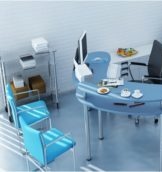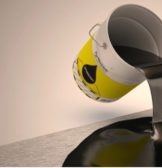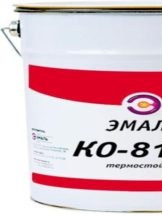Composition of water-based paints and top-6 varieties, rules of application
By water-based paint is meant an aqueous dispersion of pigmentary substances. The composition is easily applied to various surfaces, is resistant to external influences, does not contain toxic components, therefore it is optimal for painting internal surfaces. Water emulsion is increasingly in demand, since it is convenient to work with it, you do not need to use special solvents.
Content
General idea about water-based painting
The basis of water-based paint is water and pigments, combined in dispersed form. After applying the composition, the liquid evaporates and the polymer components form a uniform pigment layer. As part of a water-based painting:
- pigments;
- fillers;
- film-forming components;
- additional components that improve operational properties (stabilizers, plasticizers, antifoaming agents).
Chemical and physical characteristics of the water-based composition:
- viscosity (determines the degree of dilution) - 40-45 s (for a spray gun - 20-25 s);
- consumption for creation of 1 m2 one layer - 150-250 ml (more for light paint);
- density - 1.3 kg / l;
- coating drying rate - a maximum of one day (depending on temperature and humidity);
- quick-drying conditions - temperature about +20 ° C, air humidity - 65%;
- fire hazard class - KM0-KM1;
- shelf life - one year;
- storage conditions - in a tightly closed container at +5 ° C.
Areas of application of the aqueous emulsion
Water-based paint is almost universal. Suitable for both exterior and interior work, but for the latter it is used more often. Since the dye is resistant to external influences, it is used for finishing surfaces in premises with intensive use: swimming pools, public establishments, living rooms, sports halls.
Since the aqueous emulsion is non-toxic, it is often chosen for decorating children's rooms, playrooms, classrooms, kindergartens.
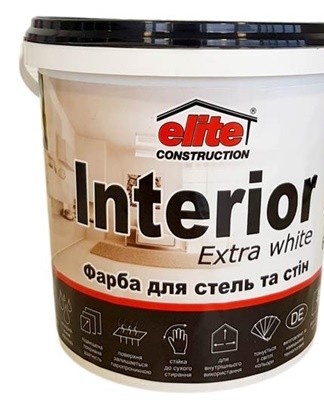
The water-based dye adheres to all surfaces, but the stability on these surfaces is not the same. Water paint is the least resistant when applied to oil paint. The oils that make up the second prevent the water emulsion from adhering to the surface. Therefore, before applying the water-based layer, the oil coating must be peeled off.
Adhesion to wood, brick, concrete, foam concrete, drywall is excellent. Application to metal is undesirable, especially when the material is not protected from corrosion. A primer is necessary: it will not only protect the metal surface from moisture, but also improve adhesion.
Varieties of emulsion composition
There are several types of paint. They are united by the presence of water as a basis for dispersion. Water-based dyes differ in constituent polymers.
Mineral
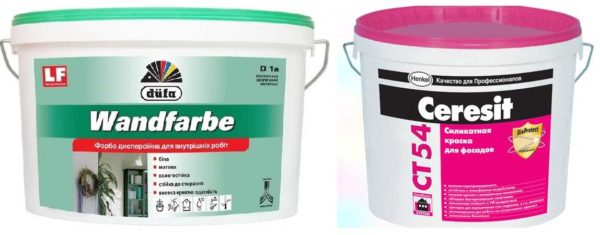
Lime or cement-based paint is suitable for interior ceilings and walls.Exterior painting of a brick, concrete or cement surface is allowed. The option is not the most popular, since the coating requires regular renovation, which is inconvenient in an apartment building.
Silicate
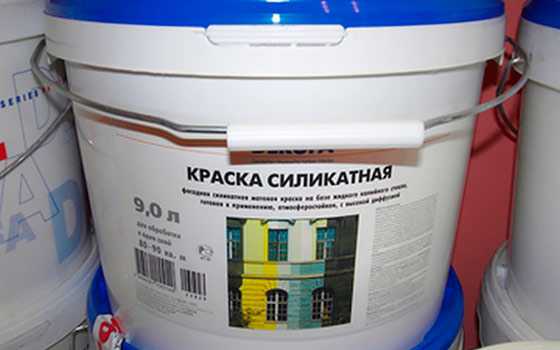
A stable emulsion with a protective effect is a liquid glass. The composition includes particles of silicon and mica, talc, as well as additives that give the paint weather resistance. Ideal for painting facades regularly exposed to precipitation and melt water, and interior rooms with high humidity.
Acrylic

Acrylic is a high quality and popular version of water-based paint. The base is made of acrylic resin, which makes the coating durable and elastic.
The resins make the paint resistant to weather conditions, so the acrylic is suitable for both exterior and interior use. The paint adheres perfectly to concrete, wood, masonry, glass, primed metal.
Silicone

The basis of the aqueous emulsion are silicone resins, which make the coating elastic, smooth the surface, even tighten visible cracks. Silicone makes the painted surface resistant to moisture, fungal infections, moss formation, therefore the paint is optimal for painting shower rooms, saunas, facades and baseboards washed by sediment.
If traces of mold are already visible on the wall, cleaning and treatment with an antiseptic preparation is necessary before applying the paint.
polyvinyl acetate
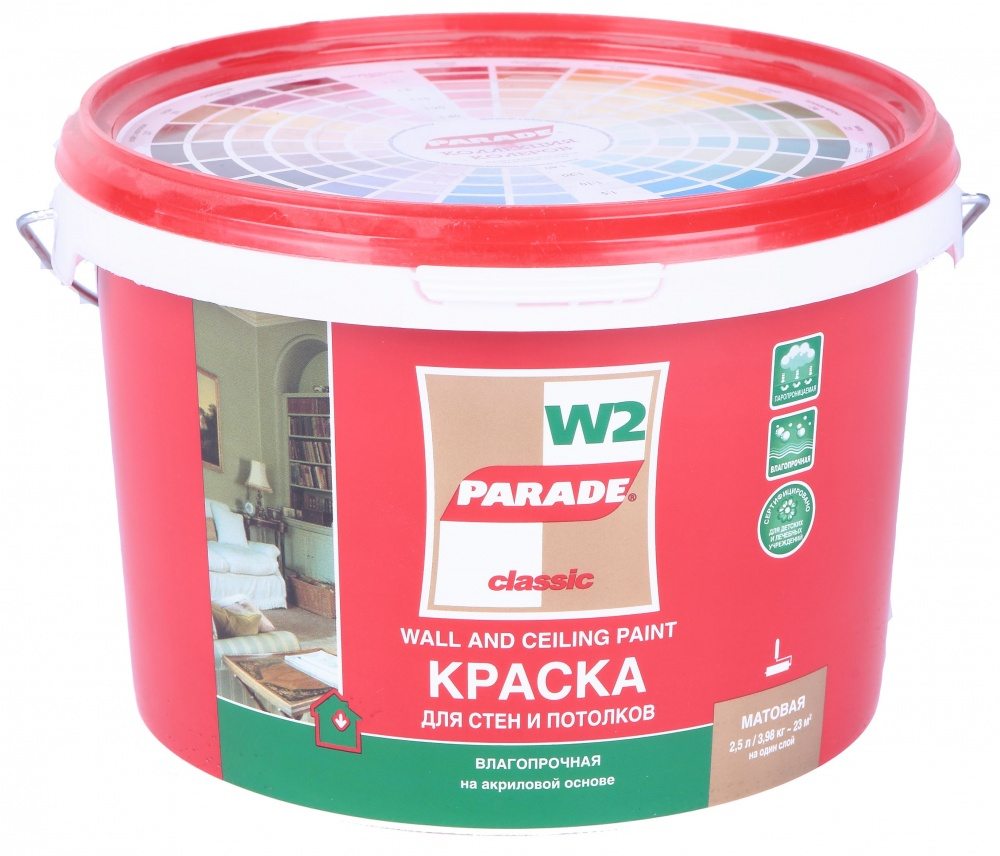
PVA-based paint is optimal for interior painting. It is used for painting walls, ceilings, floors. Polyvinyl acetate emulsion is a cost-effective and popular option, widely displayed in hardware stores.
Latex

Latex-based water-based paint, moisture-resistant, does not absorb dirt, so it is optimal for painting a bathroom, kitchen. The coating can be cleaned with a damp cloth and maintains its quality up to 5000 times of intensive mechanical cleaning.
Emulsion paint marking
To choose the right water-based paint, you need to know what the letters and numbers on the container mean. The following paint designations are possible:
- VD - water dispersive;
- VE - water-based;
- VA - polyvinyl acetate;
- ВС - polyvinyl;
- KCh - styrene-butadiene;
- AK - styrene-acrylate.
Numbers are added to the letter designations:
- 1 - for exterior painting;
- 2 - for indoor work.
Advantages and disadvantages of using
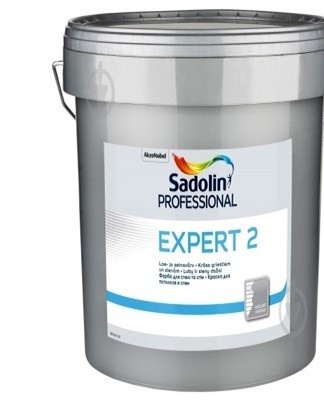
How to Create the Color or Shade You Want
Water-based dyes can be mixed with each other to create the desired shade, and also diluted if the composition has dried up, has not been used for a long time. Since the bonding base of the paint is water, naturally take water to dilute it. If you plan to store the paint for a long time, pour a small amount of water into it, then close the lid tightly.
The maximum amount of water that can be added is 10% by volume. If the paint is very thinned, its quality will deteriorate, but the coloring properties will remain.
The palette of water-based products is wide, so decorators rarely resort to independent color mixtures. But if it becomes necessary to mix water-based compositions, follow these recommendations:
- Mix all the dyes at once so that the coating is not uneven.
- Make 10-20% more mix than needed for the surface to be coated. It's a reserve just in case.
- Make the color a little darker than desired, as water-based color lightens as it dries.
- Don't paint the whole wall at once. Cover a small area until dry. If you are happy with the color, keep working.
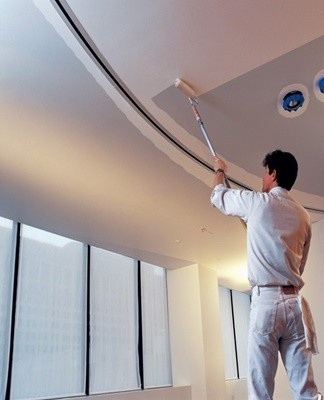
Paint Selection Criteria
When choosing, the main factor is the purpose of the paint. It is important to pay attention not only to the marking, but also to the presence of GOST. If TU is marked instead, then there is a high probability of poor product quality. The TU mark means that the quality is controlled only within the company. And GOST indicates a multi-stage check.
Do not coat the acrylic plaster with silicate and mineral composition; an acrylic dye, for example, silicone, is optimal for this.Put a similar paint on silicate plaster, it is also allowed to use acrylic and silicone compounds, and minerals are contraindicated. For silicate-silicone plaster, silicone emulsion is optimal, acrylic is acceptable.
Even on containers with water-based paint, there may be the following instructions:
- For the ceiling. More liquid composition, facilitating the application to the ceiling. The main thing is not to make a thick layer, so that the coating does not peel off later.
- Interior. Designed for walls, ceilings, doors, windows and other surfaces inside the home.
- For dry rooms. This water-based paint cannot be used in high humidity and the painted surface should not be washed.
- Dirt resistant. The coating lasts up to 20 years, is resistant to washing, the influence of external factors.
- Indelible. The best option for premises with intensive use. The coating can be wiped with a damp cloth.
- Resistant to rubbing. The coating can be cleaned, but dry.
Also see what type of coating the water-based colorant belongs to:
- glossy - easy to clean, but has the smallest surface defects;
- matte - cannot be washed off, but perfectly hides minor flaws;
- the middle is a compromise option.
Main Manufacturers
It is advisable to choose water-based products of well-known brands. If the brand is little known, read the reviews, see how long the company has been around, where it is located.
The following brands are popular in our country:
- Alpine (Germany);
- Tikkurila (Finland);
- Dulux (Netherlands);
- Marshall (Netherlands).

Application technology
If the surface is worn, covered with cracks, grooves, greasy spots, then before painting it must be prepared: cleaned of dirt, rust, old layer of pigment, putty , primer. High-quality water-based paint should resemble condensed milk in density. If thickened during long-term storage, dilute with water to optimum consistency.
If the dye was stored in the gel, after defrosting, check how the painted surface will look.
You can work with a roller, a brush, or a spray gun. For a spray bottle, dilute the aqueous emulsion by adding a special acrylic thinner. Paint with water emulsion according to the following algorithm:
- Pour a small amount into a paint tray.
- Brush narrow and tight spaces.
- Use a roller to paint over the main areas. Dip the tool in the paint, wipe its working surface a little on the edge of the tabletop.
- Work at a fast pace so the paint dries evenly. Otherwise, it will thicken, the borders will be noticeable.
- Apply the second coat after about an hour. Do it perpendicular to the first so that no trace of paint remains.
If you find any errors, correct them immediately before the coating dries. To paint the ceiling, attach the roller to a long stick, and to paint the window properly, move the tool parallel to the window frame. Use a spray gun if the volume of work is large.

